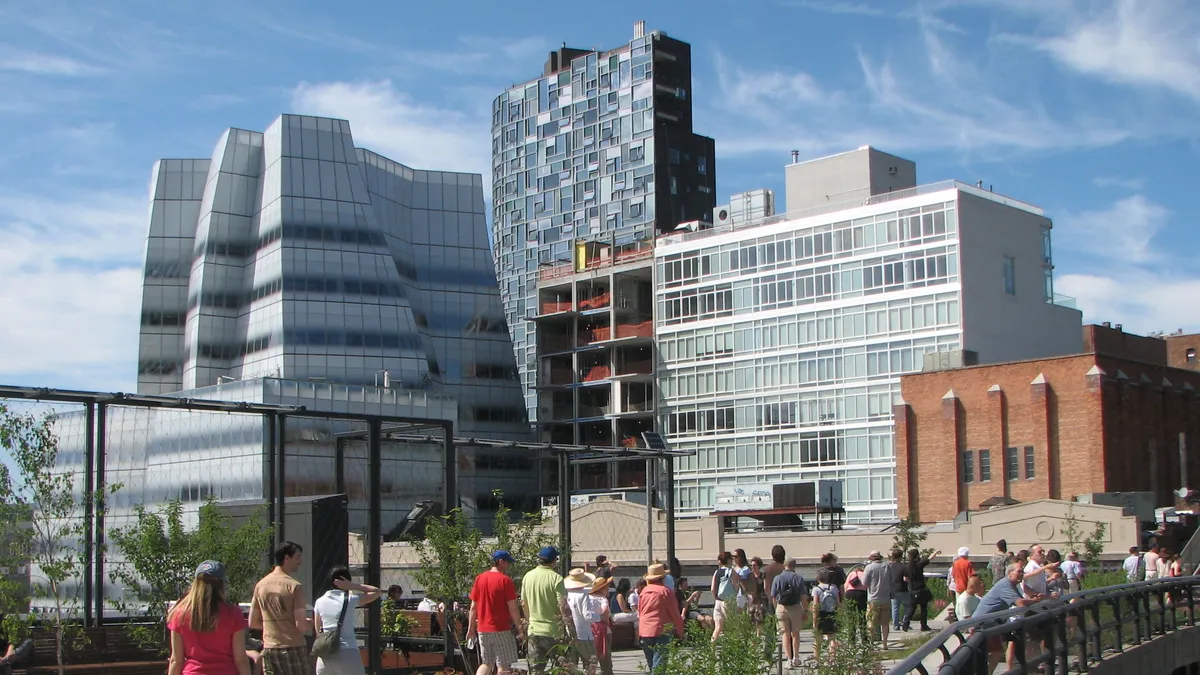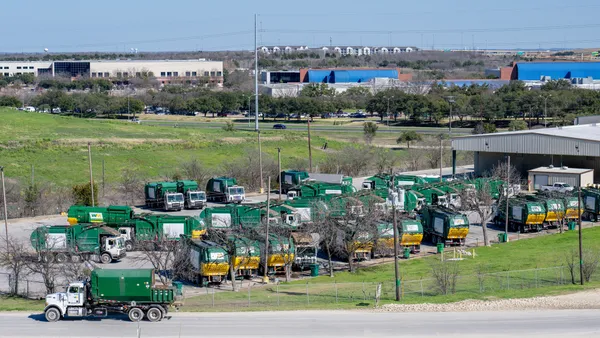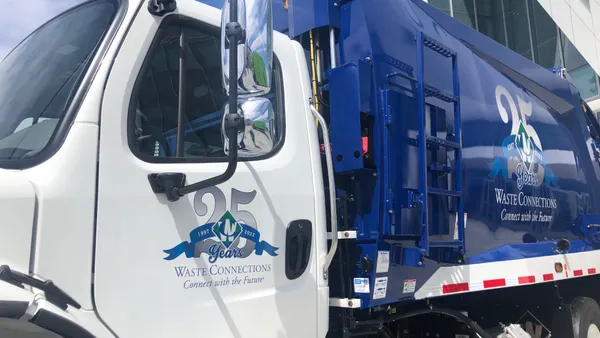Dive Brief:
- A long-discussed concept to install pneumatic waste collection tubes along the 1.5-mile High Line elevated park corridor in New York recently picked up key support. Rep. Jerrold Nadler, City Council Speaker Corey Johnson, the Manhattan borough president, multiple state legislators, and the local community board have all sent letters asking for backing from Mayor Bill de Blasio's administration.
- This follows a new report from project team ClosedLoops — completed with state and federal funding — that studied implementation opportunities. Initial estimates put capital costs for the pneumatic system at $15.1 million. A small-scale anaerobic digestion (AD) facility from Impact BioEnergy (5,000 pounds per day) is estimated at $2.6 million.
- As currently envisioned, the tube system could handle up to 60 tons per day from surrounding commercial and residential buildings via a series of inlets. Material could then be transported by rail for processing or disposal in the region. The local AD facility could also take source-separated organics from a third dedicated commercial kitchen tube.
Dive Insight:
Pneumatic waste collection tubes may sound futuristic, but New York has actually been home to one of the nation's largest residential examples on Roosevelt Island for decades. Other systems also exist throughout Asia and Europe — including Barcelona, Paris and London — but the concept has yet to catch on domestically. One common reason is because the process to install tubes underground is seen as long and expensive, but this High Line proposal is unique in that the tubes would run aboveground.
ClosedLoops has been pursuing this idea since 2013, boosted by funding from the New York State Energy Research & Development Authority, New York State Department of Transportation and Volvo Research Foundation. All have been attracted to the project's goal "to demonstrate the role that an ensemble of innovative waste-management techniques could play in producing significant environmental, economic, and quality-of-life benefits in this neighborhood and beyond.”
New York's ignominious status as the last major city to still have mountains of bags on the street every night is one that many in the neighborhood would prefer to move past, especially those in the local Meatpacking Business Improvement District.
Oft-touted benefits include rodent reduction, less truck traffic, more sidewalk space and greater resilience to future storms that could otherwise halt waste and recycling collection. The AD facility would also be expected to generate energy and digestate for use in the park. In fact, the report explores how doubling AD capacity to 10,000 pounds per day could cover nearly 70% of the system's energy needs.
This concept has attracted the attention of many area businesses and city agencies, but to move beyond the conceptual phase, it now requires official backing. Having support from City Hall is seen as key to obtaining buy-in from Amtrak for property easement, as well as the funding for next steps. ClosedLoops outlines multiple funding scenarios – including city dollars, a business partnership model and potentially even capital investment from one or more companies that might win a potential commercial franchise zone to service the area.
While the concept isn't expected to be a major profit-driver, this latest report makes the case for why it should be viewed as a form of public utility. The team argues it could help meet many of New York's goals around reducing greenhouse gas emissions, working toward "zero waste," creating safer streets and becoming more resilient to future storms. The report also lays out multiple scenarios for how the system could be phased in over time. For example, the small-scale AD facility could still be a benefit to the organics capacity-starved region if it opened before tubes were fully connected.
Next steps for bringing this concept closer to a reality would entail a more detailed study of site design, infrastructure link-ups and other technical factors. ClosedLoops estimates this could take three to five months.













